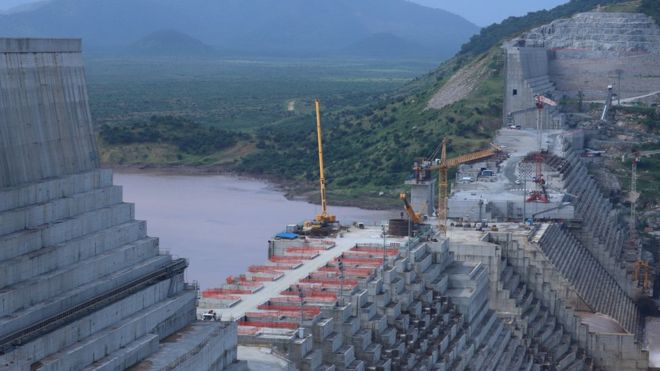Ethiopia is building a mighty dam on the Blue Nile, promising economic benefits for both itself and Sudan. But Egypt fears for its freshwater supply. The parties should agree on how fast to fill the dam’s reservoir and how to share river waters going forward.
What’s new? Ethiopia is moving ahead with construction of Africa’s largest dam, despite Egypt’s worry that it will reduce the downstream flow of the Nile, the source of around 90 per cent of its freshwater supply. It is crucial that the parties resolve their dispute before the dam begins operating.
Why does it matter? The Nile basin countries could be drawn into conflict because the stakes are so high: Ethiopia sees the hydroelectric dam as a defining national development project; Sudan covets the cheap electricity and expanded agricultural production that it promises; and Egypt perceives the possible loss of water as an existential threat.
What should be done? The three countries should adopt a two-step approach: first, they should build confidence by agreeing upon terms for filling the dam’s reservoir that do not harm downstream countries. Next, they should negotiate a new, transboundary framework for resource sharing to avert future conflicts.
Source: Bridging the Gap in the Nile Waters Dispute | Crisis Group

